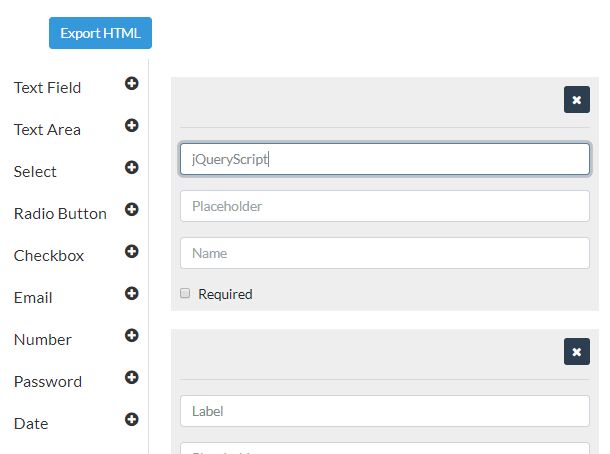

The style will be applied to the VisualElement and all of its children. A stylesheet can be added to a VisualElement.

VisualElement labelFromUXML = visualTree.Instantiate() Var visualTree = AssetDatabase.LoadAssetAtPath("Assets/Drag and Drop/DragAndDropWindow.uxml")

Each editor window contains a root VisualElement object Wnd.titleContent = new GUIContent("Drag And Drop") Public class DragAndDropWindow : EditorWindow Your finished DragAndDropWindow.cs should look like the following: using UnityEditor Open DragAndDropWindow.cs and change the menu name and window title to Drag And Drop, and remove the code for the default labels, to make the UI more user friendly.This automatically creates the C# script, UXML, and USS files for your custom window. In UI Toolkit Editor Window Creator, enter DragAndDropWindow.In the DragAndDrop folder, right-click and select Create > UI Toolkit > Editor Window.Create a folder in Assets called DragAndDrop to store all your files.Create a project in Unity with any template.To start, create a custom Editor window to hold your drag-and-drop UI. It defines every UI you build with the UI Toolkit. Visual Tree An object graph, made of lightweight nodes, that holds all the elements in a window or panel.Before you start, get familiar with the following: This guide is for developers familiar with the Unity Editor, UI Toolkit, and C# scripting. You can find the completed files that this example creates in this GitHub repository. You can drag the object into any slot, as shown below: A preview of a drag-and-drop UI The example adds several slots and one object in a custom Editor window. This example demonstrates how to create a drag-and-drop UI inside a custom Editor window. You can use UI Toolkit to create a drag-and-drop UI inside a custom Editor window or inside an application built by Unity. Unity currently supports three UI systems. Drag-and-drop is a common feature in UI (User Interface) Allows a user to interact with your application.


 0 kommentar(er)
0 kommentar(er)
